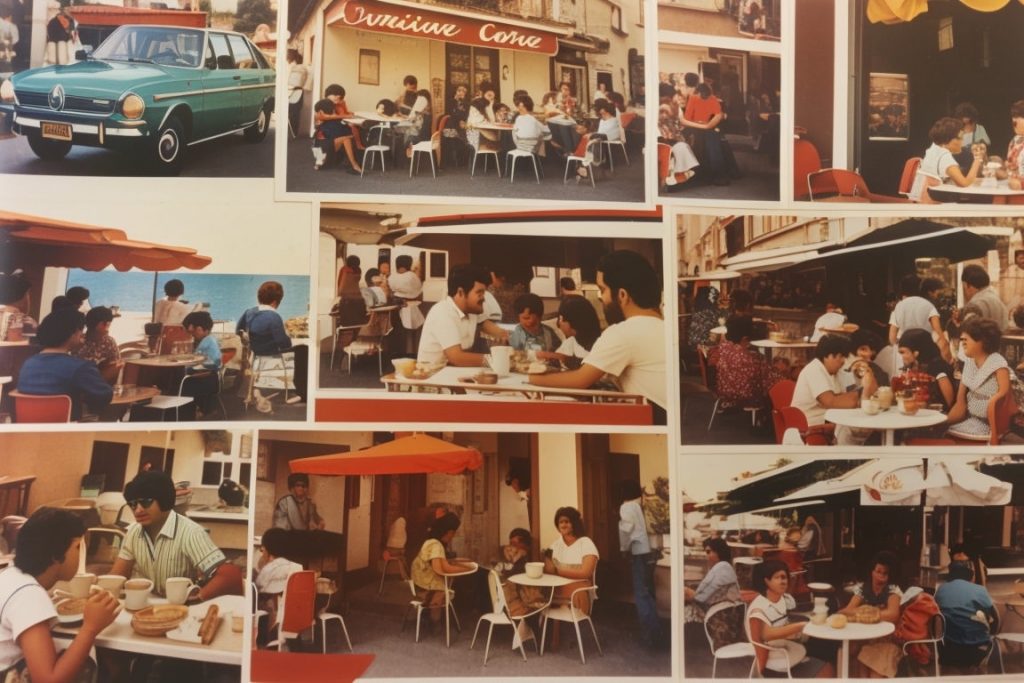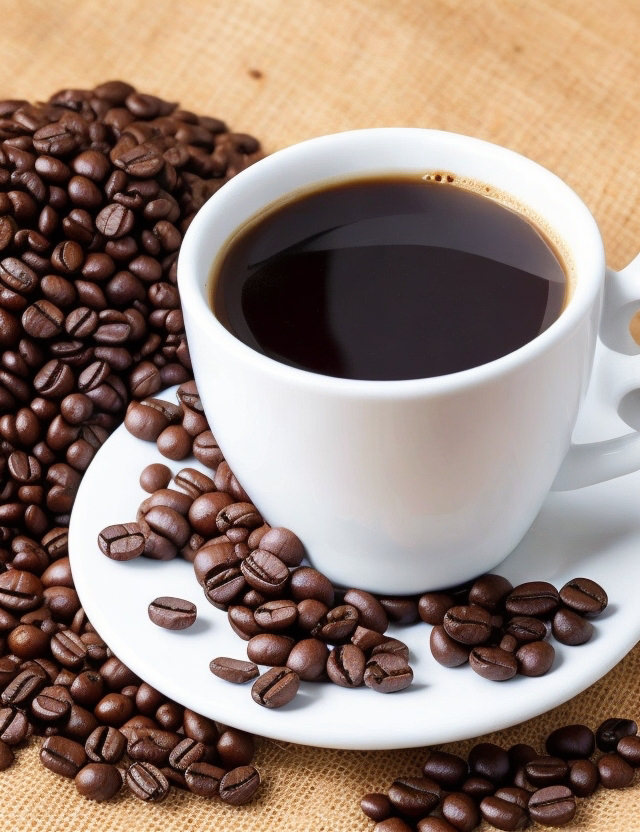Lets dive into the invigorating world of espresso, a beloved concoction cherished by many around the world. Originating from the quaint cafes of Italy in the early 20th century, espresso swiftly emerged as a quicker avenue to obtaining a concentrated coffee delight. The term “espresso” is borrowed from Italian, symbolizing “expressed” or “pressed out”, which is emblematic of the method of its creation. This rich, bold brew has since then become a cornerstone of modern coffee culture, offering both a robust flavor and a moment of respite in our bustling lives.
Here is an outline of everything Espresso that can be a nice introduction for those new to it and fun to relate to for the Espresso connoisseur:
The Process: Espresso creation is a captivating blend of science and art. Utilizing a higher pressure of hot water forced through finely ground coffee beans, it births a concentrated coffee essence. Unlike regular drip coffee, the technique of making espresso accentuates a fuller flavor profile and a stronger aroma, making every sip a luxurious experience.
The Machines: Typical espresso machines operate at a pressure range of 9-10 bars, although newer models have transcended this limit, reaching up to 15 bars of pressure. This heightened pressure not only accelerates the brewing process but also extracts the coffee’s rich flavors and aromatic oils, delivering an intensely satisfying shot of espresso.
Temperature Precision: The alchemy of brewing the perfect espresso lies in maintaining the water temperature between 195-205°F. A deviation below this range can lead to a weak, underwhelming shot, devoid of the characteristic bold flavors espresso is renowned for.
Bean to Shot: It’s fascinating that it takes approximately 40 coffee beans to craft a single shot of espresso. This statistic illuminates the dense concentration of flavor encapsulated in every shot, which is a testament to espresso’s revered status in the coffee realm.
Caffeine Concentration: Despite its small volume, a 1.5oz shot of espresso packs around 75mg of caffeine, making it a more concentrated caffeine source compared to a standard cup of drip coffee which has 120mg of caffeine. This makes espresso a preferred choice for a quick yet potent caffeine fix.
Flavorful Notes: The flavor profile of espresso is a robust journey with tasting notes often reminiscent of chocolate, caramel, and spice. The high-pressure extraction and the generous amount of ground coffee used contribute to its rich and bold flavors that are highly cherished by coffee connoisseurs.
Beyond Espresso: Espresso forms the heart of many popular coffee beverages like lattes, cappuccinos, and macchiatos. By harmonizing espresso shots with steamed milk and foam, a myriad of delightful variations emerge, catering to a wide spectrum of coffee aficionados.
Italian Affinity: Italy, the cradle of espresso, boasts one of the highest rates of espresso consumption per capita globally. The average Italian relishes 2-3 espresso shots daily, a testament to the integral role espresso plays in Italian culture and its enduring legacy in the world of coffee.
Embarking on the journey of espresso is akin to exploring a rich tapestry of culture, tradition, and flavor. It’s not merely a beverage, but an emblem of a cherished lifestyle embraced by many around the world.
Please note that if you purchase from clicking on the link, some will result in my getting a tiny bit of that sale to help keep this site going.


